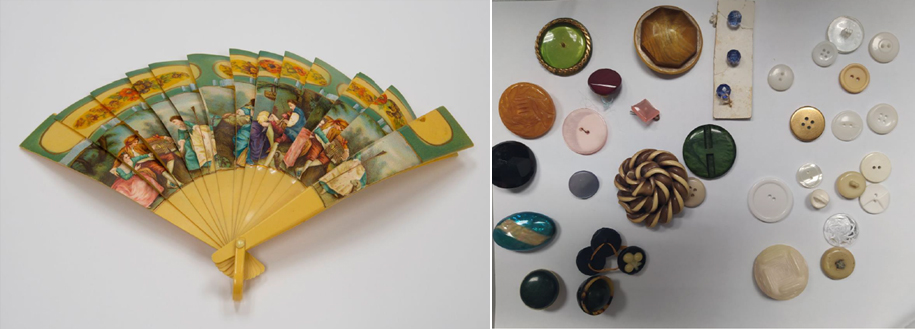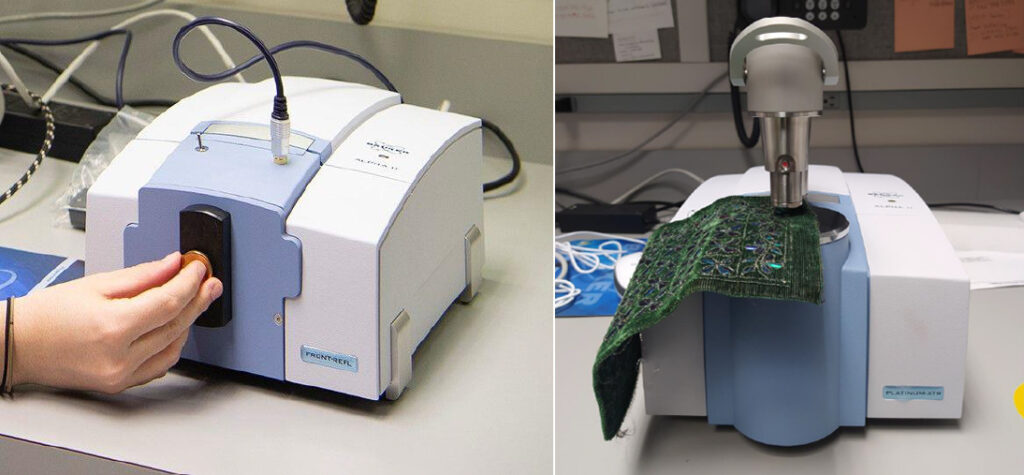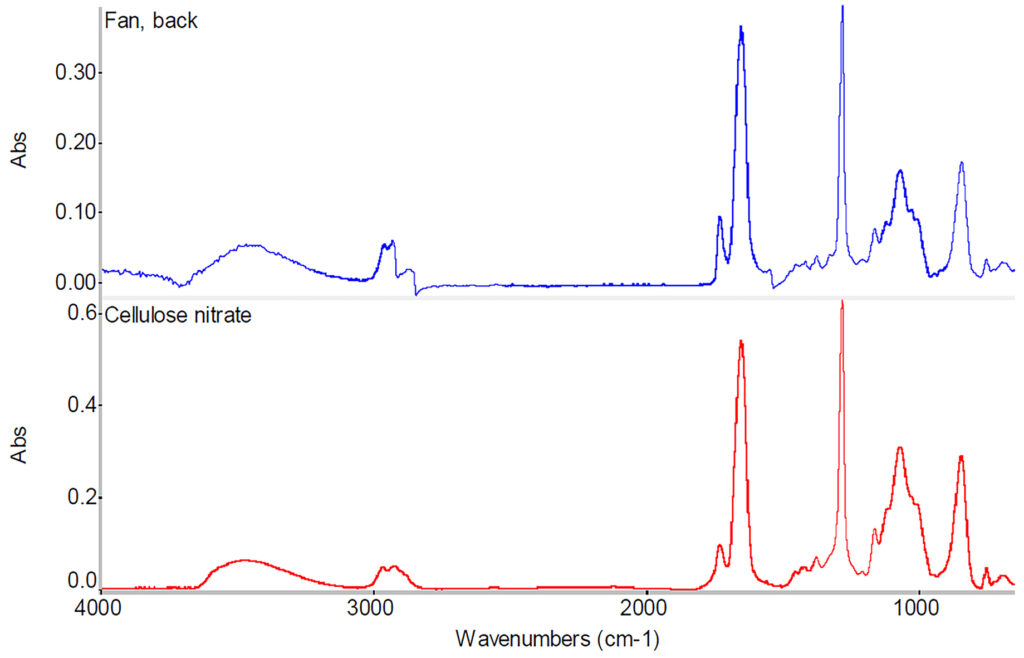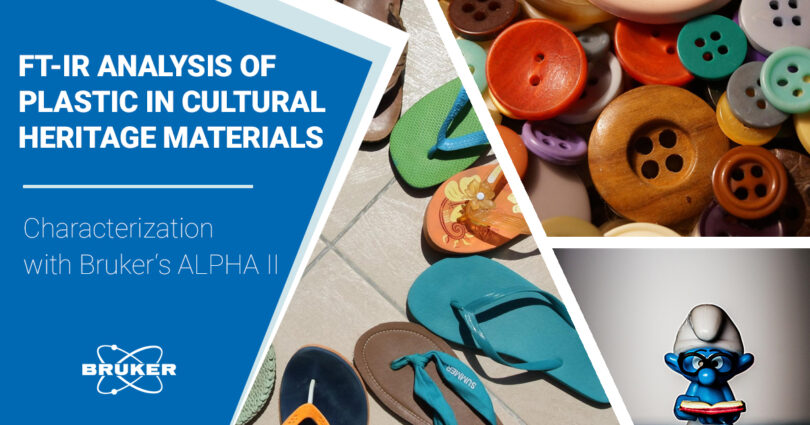Polymer identification and characterization using FTIR spectroscopy is nothing new. We know it from industrial quality control or the identification of microplastics. But did you know that FTIR analysis is the tool of choice for analyzing plastic cultural objects in museums and galleries? In fact, FTIR is a very important technique. It is crucial in enhancing storage environments, determining preservation requirements and choosing treatments for objects in poor condition (1).
Identifying plastic artifacts by FTIR
Plastics play an important role in everyday life. Therefore, it comes as no surprise that certain items have made it into museum collections.
The polymer structure makes plastic very persistent. However, it will still degrade over time under the influence of air, moisture, light, and heat. This decomposition is doubly problematic. Firstly, important cultural heritage objects are gradually being lost. Secondly, the decomposition products can damage other valuable items in the collection. As a result, appropriate conservation techniques need to be developed. Consequently, the composition of the plastic artifacts must be determined.

A variety of analytical techniques are theoretically available. However, many of these techniques are tedious, expensive, and the sample is lost in the process. Damaging the artifacts for analysis is, of course, out of the question. Moreover, museums need a cost-effective technique that is easy to apply. FTIR spectroscopy fulfills exactly these requirements. In fact, by now, FTIR has become the most extensively used approach for identifying plastic artifacts in galleries, libraries, and museums (2).
Bruker’s ALPHA II- the right choice
The Bruker ALPHA FTIR spectrometer is a robust instrument that enables non-invasive object analysis. It is cost-effective, and its operation is intuitive. Study objects such as jewelry or historic textiles can be analyzed and identified in a short time.
The Philadelphia Museum of Art and Rutgers University analyzed 75 objects in the museum’s Costume and Textile Department using the Bruker ALPHA II (3). Buttons, earrings, sequins, beads, and bigger textiles were among the objects included in the study. Irregularly shaped or shiny objects could be measured using the „external reflection“ technique, which is entirely contactless. A video camera is integrated into the measurement module of the ALPHA II. It allows one to accurately define the measurement position on the object. Certain fabrics, for example, are not suitable for this type of measurement because they are not sufficiently reflective. For these items, the attenuated total reflection (ATR) approach was applied. This technique requires the application of pressure between the ATR sample interface and the object to establish a tight contact.

Generally, the analysis only takes about 30 seconds. The resulting spectra covered the complete mid-infrared range. Based on the spectrum, the polymer materials were identified using spectral reference libraries.

Results and outlook
The results of the study show that the ALPHA II is well suited for the analysis of plastic artifacts. A large proportion of the material examined could be clearly identified and characterized.
In the future, further experiments with the ATR and ER modules will be carried out. In fact, Kate Duffy of the Philadelphia Museum of Art gladly confirmed that the team is very satisfied with the ALPHA II.
We at Bruker are very excited that our ALPHA II FTIR spectrometer is being used to help preserve cultural heritage and are happy to assist in future endeavors.
References
(1) Bell, J., Nel, P., & Stuart, B. Non-invasive identification of
polymers in cultural heritage collections: Evaluation, optimisation and
application of portable FTIR (ATR and external reflectance) spectroscopy
to three-dimensional polymer-based objects. Heritage Science. 1-18 (2019).
(2) Van Oosten, T., Learner, T. Identification and characterization of plastic artefacts: Which plastics are in my collection? The need for a plastic reference sample collection (SamCo). In: Lavédrine B, Fournier A, Martin G, editors. Preservation of Plastic Artefacts in museum collections. Paris: Comit. Des Travaux Historiques Et Scientifiques. 7–42. (2012).
(3) Scavuzzo, A., Arbuckle-Keil, G., Macro, N. and Duffy, K. Characterization of Polymers used in Cultural Heritage Materials. (2022). https://doi.org/doi:10.7282/t3-nssd-y697.








